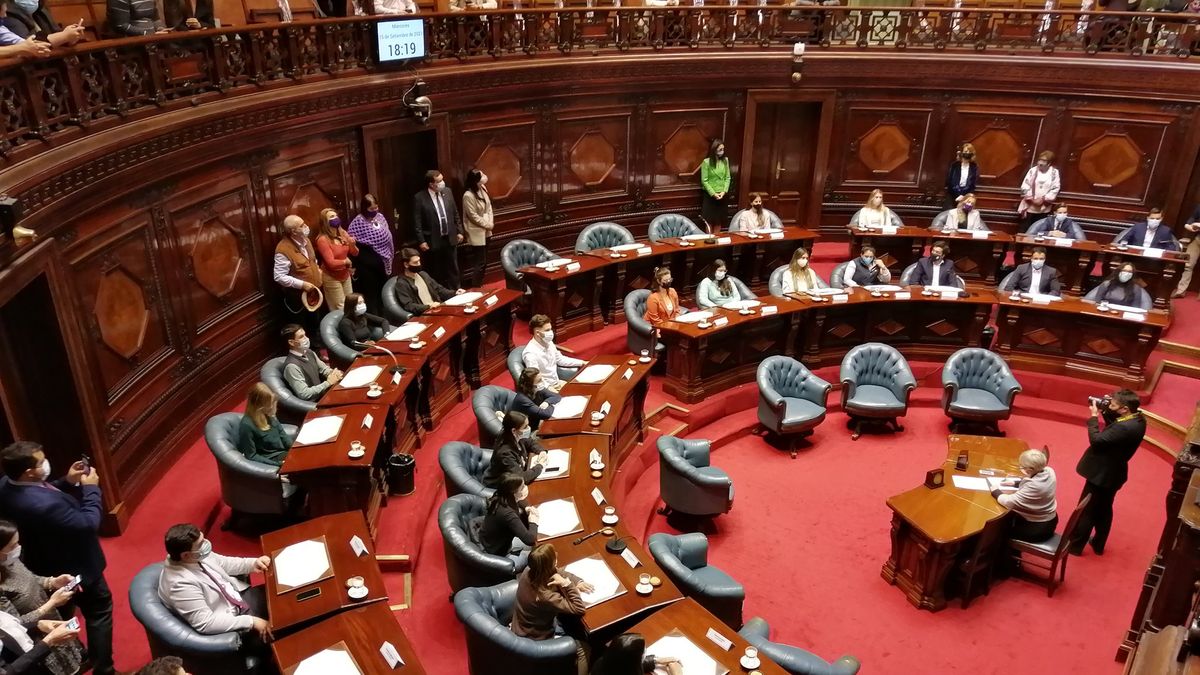What we know as “the official national history” has been dedicated to telling a white story; This means that all descendants of Afro culture were minimized or “erased” from the texts.
For 10 years, the National Day of Afro-descendants and Afro Culture has been commemorated in Argentina. This commemoration aims to review and make visible the presence of Afro-descendants in our national identity construction.
November 8 is chosen, the birth of María Remedios del Valle, a heroine of the anonymous independence feat until the 21st century.
She represents all the women who accompanied San Martín, Belgrano and Güemes in the wars against the royalists, and the defense, with their lives, of the Independence of the United Provinces of the Río de la Plata.
His figure is also a symbol of the entire Afro community that was placed on the margins of history, who fought side by side with the invisible others: the indigenous peoples.
Remedies rescued from oblivion
María Remedios del Valle loses her husband and children in battle, remains poor, is captured, tortured and enslaved. Destined to fall into oblivion, an investigation rescues her figure and she appears thanks to an archive. Her name in history values both women and their cultural roots; meaning love for independence and confidence in this feat.
In 2022, a monument in his honor was inaugurated in the Constitución neighborhood of the City of Buenos Aires, which was vandalized a few months later, as an attempt to return Remedios to invisibility. The monument was burned to the ground.
Estate
In order to search for our Afro roots we can resort to the census carried out during the government of President Sarmiento, in which it is mentioned that they already enjoyed freedom, but that they worked in servitude roles in the homes of the wealthiest families, and that it was observed that They happily wore the issued uniforms.
As if social advancement were not possible, from slaves to serfs.
The entry of the African population into our country has not been as large as in Uruguay or Brazil, since we had the original populations that had been reduced to slavery. However, we can find articles from the beginning of the 20th century that mention stories such as that of the “candombleros” – a tribe with their own king – who lived in a Conventillo de Montserrat, and who participated in the carnival parades and dances. The archives say that they decided to stop doing it because they were embarrassed to see the “good kids” copy their movements and occupy their spaces; They felt displaced.
This holiday is widely related to Afro culture. Another space, which we have recently lost, is the “Casa Switzerland” on Rodríguez Peña Street where gatherings with drum improvisation were held at night; each Afro-descendant family showed up and showed their virtuosity. Dances were displayed, and exchanged between them.
Candombe is the rhythm they left us. San Telmo, the drum neighborhood; So called because at night the percussions could be heard and generated certain discomfort, to the point that at certain times in history curfew times were set for them to stop playing. Curiously, the candombe that we know today could not be said to be the original candombe, since being a popular music it did not have scores, and was transmitted from generation to generation. Francisco Canaro, musician and tango producer, tells in his memoirs that for a show he unsuccessfully searched for information, and then generated his own candombe; the one we know today. Only in Uruguay can we recognize something close to the original.
Today, we can find movements and organizations that bring together the Afro-descendant population. It is estimated that there are approximately 2 million Afro inhabitants in Argentina.
It is important, on these dates, to take the time to go through the past and observe how this white history has been built, with the absence of Afro culture; but despite this it continues to play and that is why we found it again.
Historian
Source: Ambito
David William is a talented author who has made a name for himself in the world of writing. He is a professional author who writes on a wide range of topics, from general interest to opinion news. David is currently working as a writer at 24 hours worlds where he brings his unique perspective and in-depth research to his articles, making them both informative and engaging.




